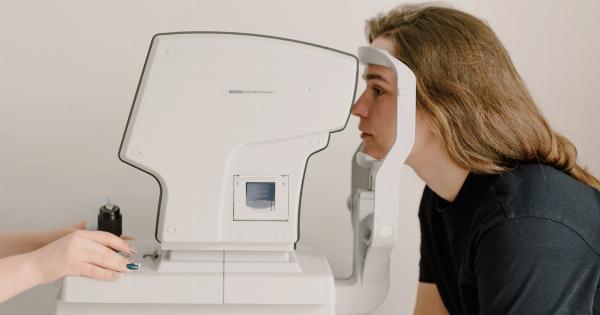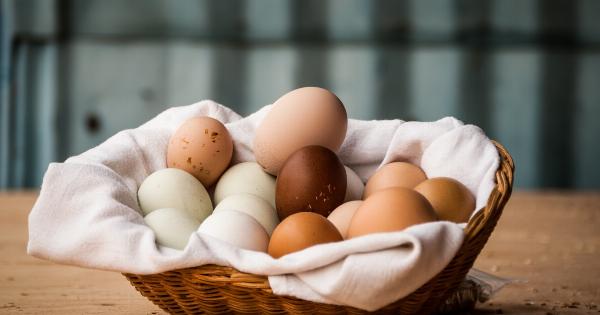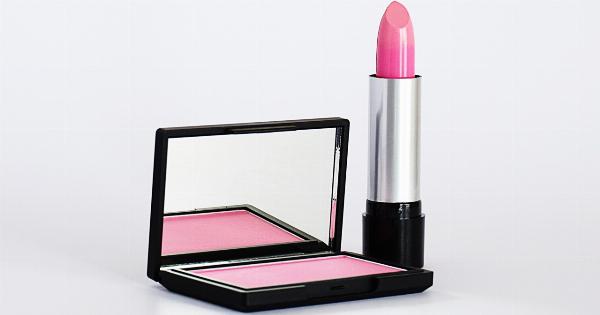It’s important to keep an eye out for mold in your food to avoid the health risks associated with consuming it. Mold can cause respiratory problems, allergic reactions, and other health issues. Here are some tips on how to spot mold in your food:.
1. Check for visual cues
The easiest way to identify mold is to check for visual cues. Mold may appear as white, green, black, or grey fuzzy spots, and may also have a musty or earthy smell.
Foods that are more likely to grow mold include bread, fruits, vegetables, cheese, and meat.
2. Check the packaging
Before purchasing or opening any food item, check the packaging for signs of mold. Look for any swelling, discoloration, or damage to the package that may indicate the presence of mold.
If you notice any of these signs, don’t buy or consume the product.
3. Check the expiration date
If a food item is past its expiration date, it’s more likely to have mold. Always check the expiration date before purchasing or consuming anything.
4. Store food properly
Proper storage can help prevent mold growth. Keep food in a cool, dry place and make sure it’s properly sealed. Don’t use any containers with cracks or other damage that may allow air inside, as this can promote mold growth.
5. Trust your senses
If you notice a strange odor or an off taste in your food, don’t consume it. Trust your senses and err on the side of caution.
6. Consider the type of food
Some types of food are more susceptible to mold than others. For example, soft fruits and vegetables may be more likely to develop mold than hard ones. Dairy products like cheese and yogurt are also more susceptible to mold.
If you’re unsure whether a certain food item is likely to have mold, do some research or consult with a professional.
7. Don’t rely on sight alone
While visual cues can help identify mold, it’s important to note that not all types of mold are visible to the naked eye. Some molds may be present but not visible, so don’t rely on sight alone to determine whether food is safe to eat.
8. Be aware of high-risk foods
Some foods are more likely to develop mold than others. High-risk foods include bread, cheese, fruits, vegetables, meats, and nuts. If you regularly consume these types of foods, be extra careful when checking them for mold.
9. Know when to discard food
If you notice mold on any food item, don’t try to salvage it. The mold may have contaminated other parts of the food that may not be visible to the naked eye. Discard the entire item to be safe.
10. Practice good hygiene
Finally, practice good hygiene to prevent the spread of mold and other harmful bacteria. Wash your hands frequently and use clean cutting boards, knives, and other utensils when preparing food.
Conclusion
Spotting mold in your food can be tricky, but with the right knowledge and careful observation, you can protect yourself and your family from the health risks associated with consuming mold.
Remember to check for visual cues, keep food properly stored, trust your senses, and be aware of high-risk foods.





























